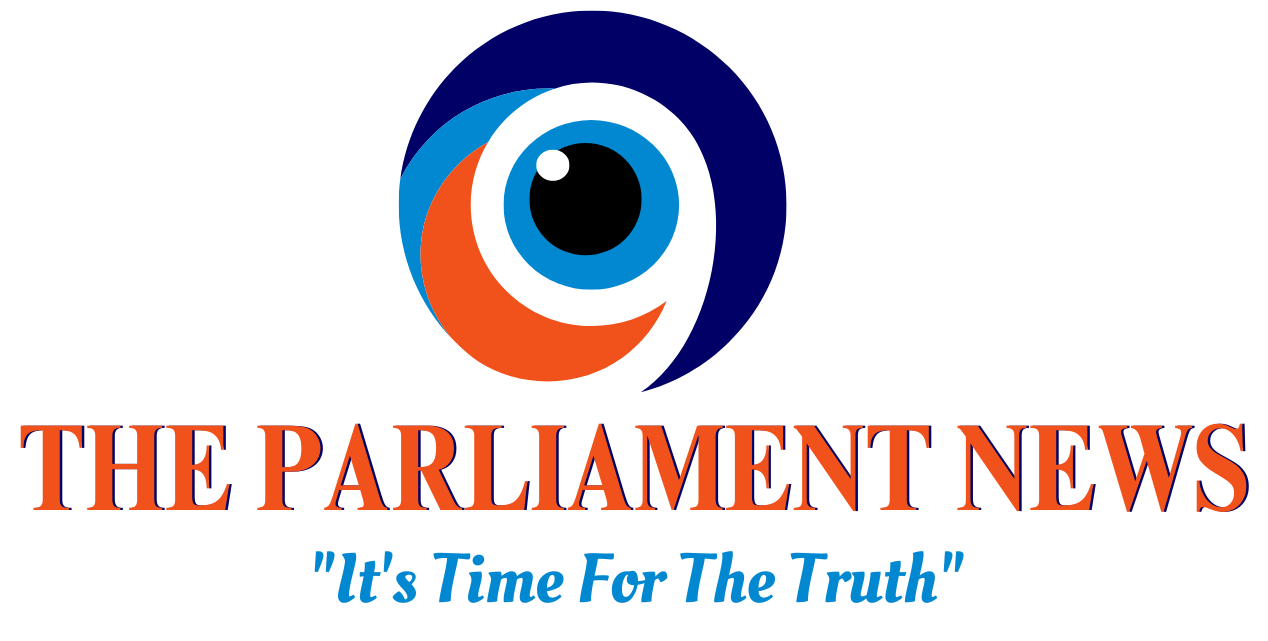India is set to undergo a significant transformation in its immigration framework as the Lok Sabha passed the Immigration and Foreigners Bill, 2025, aiming to modernize and consolidate the country’s immigration laws. The bill, introduced by Junior Home Minister Nityanand Rai on behalf of Union Home Minister Amit Shah, seeks to tackle illegal immigration, monitor the movement of foreigners, and bolster national security while ensuring a welcoming environment for legal immigrants contributing to India’s development.
A Bold Step Towards National Security and Immigration Reform
Speaking in the Lok Sabha, Home Minister Amit Shah emphasized that while India remains open to those who contribute to its progress, strict action will be taken against those entering the country with malicious intent. He specifically mentioned concerns over illegal immigrants, including Rohingya and Bangladeshi infiltrators, who, according to him, pose security risks.
“India welcomes those who come here to help in development, but those who come to create trouble will face strong action. This bill will also help in identifying those who come here with bad intentions,” he stated.
The three-hour-long debate culminated in the Lok Sabha clearing the bill, marking a decisive step toward comprehensive immigration control.
A Unified Legal Framework for Immigration
Currently, India’s immigration and foreigner-related matters are governed by four separate laws:
- Passport (Entry into India) Act, 1920
- Registration of Foreigners Act, 1939
- Foreigners Act, 1946
- Immigration (Carriers’ Liability) Act, 2000
The Immigration and Foreigners Bill, 2025 will replace these outdated laws with a simplified, harmonized, and more effective legal structure. The objective is to streamline immigration policies, ensure close monitoring of foreigners, and enable better enforcement mechanisms.
Key Features of the Immigration and Foreigners Bill, 2025
- Tracking and Monitoring of Foreign Nationals
- The bill introduces strict oversight of all foreigners entering India.
- It enables authorities to track overstayers and take necessary action.
- Stronger National Security Measures
- The law will act as a shield against infiltrators, drug cartels, arms smugglers, and economic saboteurs.
- It allows the government to regulate places frequently visited by foreigners and impose restrictions where necessary.
- Balancing Security with Economic and Tourism Growth
- The bill acknowledges the contribution of legal immigrants and aims to create a streamlined process for those coming to India for work, investment, and tourism.
- It ensures a clear distinction between illegal infiltrators and genuine visitors.
- Not Connected to Citizenship Laws
- The bill strictly deals with immigration and foreigner regulation, and is not linked to granting citizenship.
Why This Bill Matters
Amit Shah highlighted the necessity of knowing the purpose and duration of every foreigner’s stay in India to safeguard the country’s security and economic interests.
“Immigration is not an isolated subject but is linked to various issues. The bill ensures close monitoring of everyone visiting India, why they visit, and how long they stay. It is absolutely necessary to know these details,” he stated.
The Immigration and Foreigners Bill, 2025 thus marks a critical shift towards a modernized, secure, and structured immigration policy. By simplifying laws, enhancing tracking mechanisms, and ensuring stringent enforcement, India is taking a firm stance on illegal immigration while fostering an environment conducive to growth, investment, and global collaboration.
As the bill moves toward becoming law, it is set to reshape India’s immigration landscape for years to come.





 Clarify roles of various agencies to avoid delays in response.
Clarify roles of various agencies to avoid delays in response.
 Safeguarding sovereignty and security
Safeguarding sovereignty and security Revitalized traditional diplomatic ties
Revitalized traditional diplomatic ties





